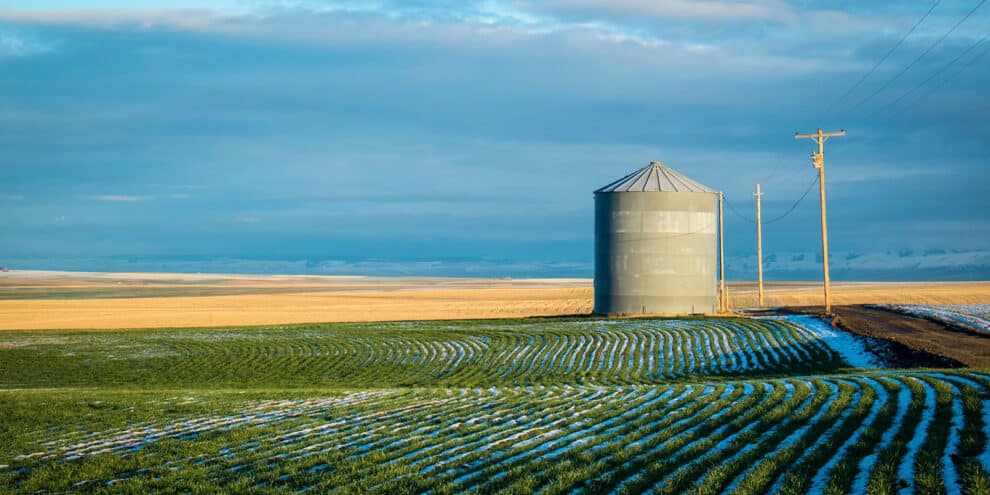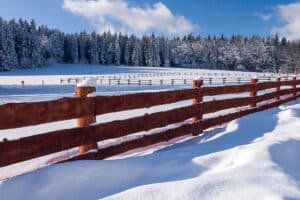Do you know where chocolate milk comes from? Almost half of Americans don’t know. The Innovation Center for U.S. Dairy surveyed adults representing all 50 states, about their knowledge and use of dairy products. The study found that 48% of respondents weren’t sure where chocolate milk came from. The most attention-getting stat was that 7% thought chocolate milk comes from brown cows. Really, we wish we were making this up. How did we grow so far removed from the way our food is produced? More importantly, how do we reconnect with our food system? We listed the top four ways to learn more about your food and connect with the food system.
1. Buy From a Local Farmer’s Market
The local farmer’s market is a great place to learn where the food comes from – the grower is right there and you can ask them. Farmers and ranchers will bring the products they grew, raised, or produced and interact with the consumer. This is a wonderful opportunity to ask questions and be involved in supporting the local economy. Shopping and eating local is a great way to build a connection to your local food system.
2. Agritourism
Agritourism can take many forms, such as farm tours, farm stays, pick-your-own orchards, wineries, and pumpkin patches. Agritourism is a commercial enterprise at a working farm or ranch conducted for the enjoyment and education of visitors. Agritourism helps provide consumers with an education about what farmers and ranchers do. What better way to learn about where milk comes from than by going to a dairy farm? Learning about and seeing where products are created can help you better connect with the food system. Many farms allow you to wander out into the fields or orchards to pick-your-own apples, berries, pumpkins, or other crops. Visitors take home some delectable produce and make memories while doing it.
3. Grow Your Own
From tasty basil to delightful parsley to fragrant lavender, growing your own herbs can be incredibly rewarding, not to mention handy when it comes to cooking. Make your own hanging herb garden right in your kitchen. Raise a couple backyard chickens for fresh eggs. Attempt to produce your own food, even if it’s just one product. The action of nurturing plants and animals for food will help you appreciate the work and inputs that go into farming on a small scale. Plus, eating fresh food from your garden – that’s as local and connected as it gets!
4. Invest in Agriculture
Join forces with agriculturalists by investing in agriculture. Agriculture produces real assets, which help fuel the world. By investing in land for sale, like farmland or livestock operation, you create an incredible connection and impact with the local, and possibly national and international, food system.
Investment platforms such as Harvest Returns draw together investors interested in agriculture with a wide assortment of investment agriculture products. With as little as $5,000, these investors are able to own interests in farms, timberland, or orchards in different parts of the world, each with their own risk/return profile. Savvy investors have long realized the advantages of owning real, tangible assets, especially those backed by underlying land. Now there are ways for the average American to put a portion of their investment portfolio towards agriculture, arguably, the world’s most important industry.
This content may not be used or reproduced in any manner whatsoever, in part or in whole, without written permission of LANDTHINK. Use of this content without permission is a violation of federal copyright law. The articles, posts, comments, opinions and information provided by LANDTHINK are for informational and research purposes only and DOES NOT substitute or coincide with the advice of an attorney, accountant, real estate broker or any other licensed real estate professional. LANDTHINK strongly advises visitors and readers to seek their own professional guidance and advice related to buying, investing in or selling real estate.










Add Comment